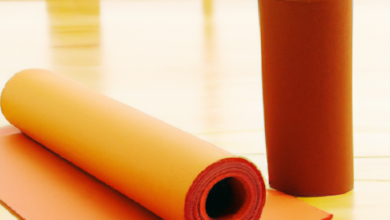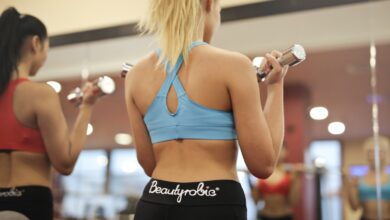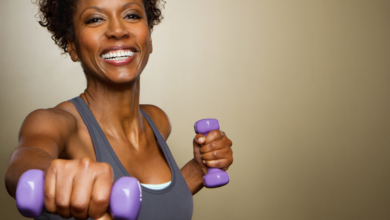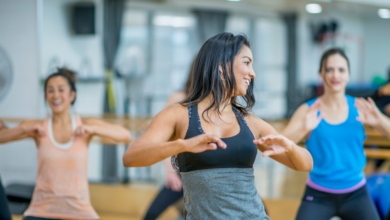
Are you tired of slouching and feeling self-conscious about your posture? Look no further than stylish.ae’s Pilates for Posture program! This innovative and effective fitness regimen is designed to not only improve your posture but also sculpt the perfect silhouette. With the expert guidance of stylish.ae’s instructors, you will learn a series of targeted Pilates exercises that will strengthen your core and back muscles, helping you stand taller and exude confidence. Say goodbye to slumped shoulders and hello to a more graceful, confident you with Pilates for Posture from stylish.ae!
Benefits of Pilates for Posture
Improved Alignment
One of the main benefits of practicing Pilates is improved alignment. Proper alignment of the spine is crucial for good posture. Pilates exercises focus on the alignment of the body, helping you develop better posture and stand taller. As you become more aware of your body and how it moves, you can correct imbalances and align your spine properly, resulting in improved posture.
Increased Core Strength
A strong core is essential for maintaining good posture. Pilates targets the deep core muscles, including the abdominal muscles, back muscles, and pelvic floor muscles. By regularly practicing Pilates, you can strengthen these muscles, which play a major role in supporting your spine and maintaining a proper posture. Having a strong core will help you stand tall, preventing slouching and the associated strain on your back muscles.
Enhanced Flexibility
Flexibility is closely linked to good posture. Pilates exercises involve stretching and lengthening movements that help improve flexibility in the muscles and joints. By increasing your flexibility, you can correct muscular imbalances, release tension, and improve your body’s ability to maintain proper alignment. Enhanced flexibility allows you to move more freely and comfortably, promoting better posture throughout your daily activities.
Reduced Back Pain
Poor posture often leads to back pain, as it places excessive stress on the muscles, ligaments, and joints of the back. Pilates exercises focus on developing a strong core and promoting proper alignment, which can alleviate back pain caused by poor posture. By improving your posture through Pilates, you can effectively reduce back pain and prevent future injuries.
Understanding Posture
Definition of Posture
Posture refers to the position and alignment of your body while sitting, standing, or moving. It involves the placement and alignment of the various body parts, including the spine, shoulders, hips, and knees. Good posture is characterized by an aligned and neutral spine, relaxed shoulders, and balanced weight distribution. It is essential for maintaining proper body mechanics, preventing pain and injuries, and promoting overall well-being.
Types of Poor Posture
There are several types of poor posture that can be corrected through Pilates. These include:
- Forward Head Posture: This is when the head is positioned forward, causing excessive strain on the neck and upper back muscles.
- Rounded Shoulders: Rounded shoulders occur when the shoulders are rolled forward, giving a hunched appearance.
- Increased Lumbar Curve: Also known as overly arched lower back, this posture is characterized by excessive curvature in the lower spine, leading to lower back pain.
- Slouched Posture: Slouching refers to a rounded upper back and a forward tilting pelvis, which can lead to muscle imbalances and back pain.
Causes of Poor Posture

Poor posture can be caused by various factors, including:
- Sedentary Lifestyle: Spending long hours sitting or engaging in activities that promote poor posture (such as hunching over a computer) can lead to postural imbalances.
- Weak Muscles: A lack of strength in the muscles that support proper posture, such as the core muscles and back muscles, can contribute to poor posture.
- Muscle Imbalances: Imbalances between tight and weak muscles can affect the alignment of the body and lead to poor posture.
- Injury or Trauma: Previous injuries or trauma can impact posture by affecting the alignment of the spine and other body parts.
- Incorrect Ergonomics: Poor ergonomics in the workplace or during daily activities can promote poor posture, such as sitting in an unsupportive chair or using a poorly positioned computer.
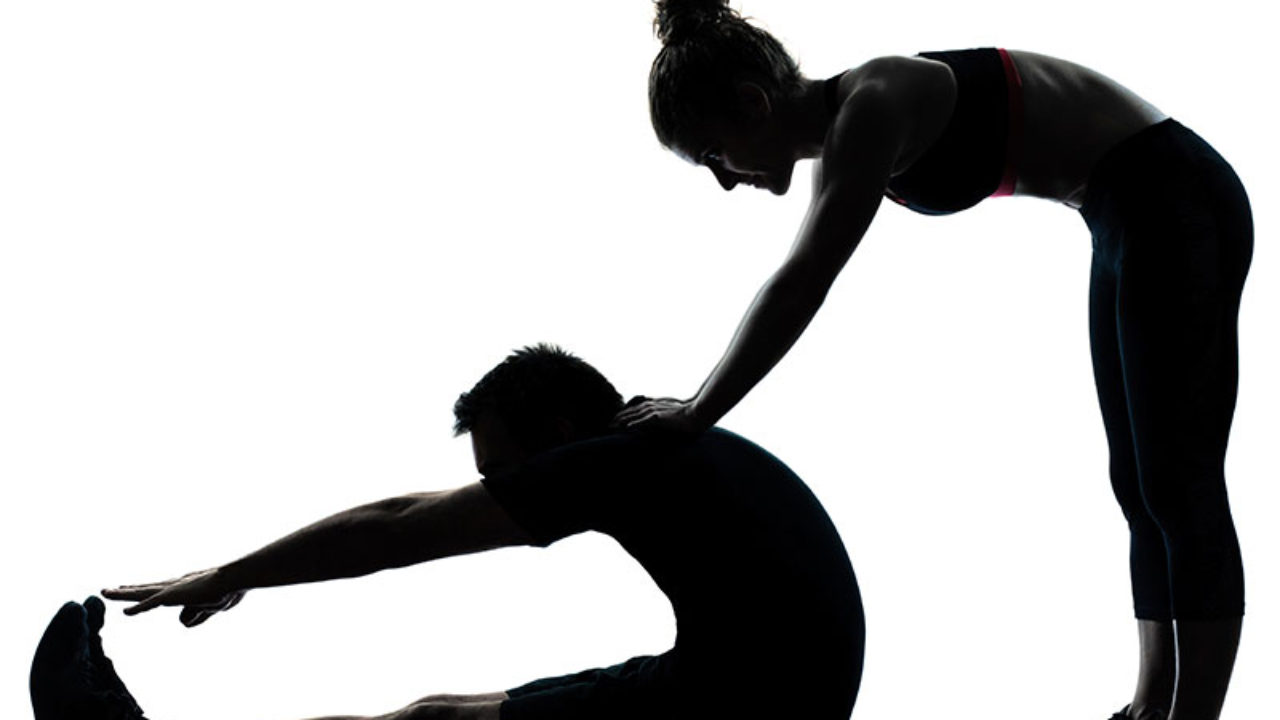
How Pilates Can Correct Posture
Promotes Spinal Alignment
Pilates exercises are designed to promote proper spinal alignment. The movements and principles of Pilates focus on strengthening the muscles that support the spine and encouraging a neutral spine position. As you engage in Pilates, you will learn how to align your spine correctly, correcting any imbalances or misalignments that contribute to poor posture. By consistently practicing Pilates, you can develop better alignment habits that carry over into your daily life.
Strengthens Postural Muscles
Pilates targets the muscles that are responsible for maintaining proper posture, such as the core muscles, back muscles, and muscles around the shoulders. By specifically strengthening these muscles, Pilates helps you develop the strength and stability needed to support good posture. As your postural muscles become stronger, they can better support your spine and prevent slouching or rounding of the shoulders.
Improves Body Awareness
One of the key principles of Pilates is body awareness. Through the practice of Pilates, you become more in tune with your body and how it moves. This increased body awareness allows you to identify and correct any postural imbalances or misalignments. By developing a greater sense of body awareness, you can actively work on improving your posture both during Pilates sessions and in your everyday activities.
Key Pilates Exercises for Posture Correction
Pelvic Tilts
Pelvic tilts are a fundamental Pilates exercise for posture correction. Start by lying on your back with your knees bent and feet flat on the mat. Slowly tilt your pelvis back and forth, focusing on maintaining a neutral spine. This exercise helps strengthen the muscles that stabilize the pelvis and promote proper alignment of the spine.
Cat-Cow Stretch
The cat-cow stretch is a dynamic exercise that promotes spinal mobility and alignment. Start on your hands and knees, with your wrists underneath your shoulders and your knees underneath your hips. Inhale as you arch your spine, looking up towards the ceiling (cow pose), and exhale as you round your spine, tucking your chin towards your chest (cat pose). Repeat this movement, flowing smoothly between the two positions.

Shoulder Rolls
Shoulder rolls help release tension in the shoulders and promote better alignment. Sit or stand tall with your arms relaxed by your sides. Shrug your shoulders up towards your ears, then roll them back and down in a circular motion. Repeat this movement several times, focusing on maintaining relaxed and aligned shoulders.
Single Leg Stretch
The single leg stretch is a Pilates exercise that targets the core muscles while also promoting proper alignment. Start by lying on your back with your knees bent and feet off the mat. Bring one knee towards your chest while extending the opposite leg out straight. Switch legs and repeat, focusing on maintaining a stable pelvis and engaged core throughout the exercise.
Spine Stretch Forward
The spine stretch forward is a seated Pilates exercise that helps improve flexibility and lengthens the spine. Sit tall with your legs extended in front of you and your feet flexed. Inhale as you reach your arms forward, lengthening your spine. Exhale as you fold forward from your hips, reaching towards your feet. Hold the stretch for a few breaths before slowly rolling up to a seated position.
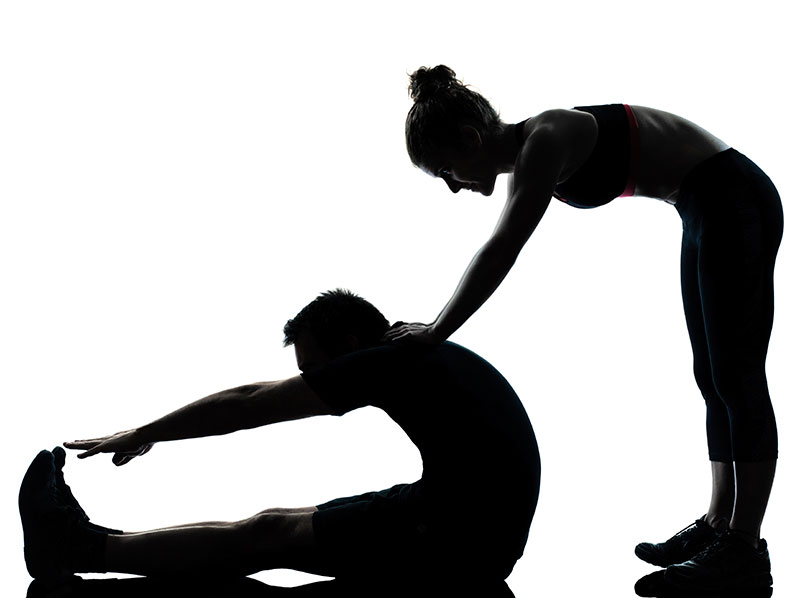
Tips for Incorporating Pilates into Your Routine
Choose a Reputable Pilates Studio
When incorporating Pilates into your routine, it’s important to choose a reputable Pilates studio or instructor. Look for studios that have qualified instructors and offer classes specifically focused on posture correction. A reputable studio will provide you with the guidance and support you need to safely and effectively improve your posture through Pilates.
Work with a Certified Instructor
To get the most out of your Pilates practice, it’s recommended to work with a certified instructor. A certified Pilates instructor has undergone extensive training and has the knowledge and expertise to guide you through proper alignment and technique. They can provide individualized instruction and modifications to cater to your specific postural needs.
Start Slowly and Progress Gradually
If you’re new to Pilates or have specific postural concerns, it’s important to start slowly and progress gradually. Pilates is a highly adaptable practice, and each exercise can be modified to suit different fitness levels and postural needs. Begin with beginner-level classes or private sessions, focusing on mastering the foundational exercises before progressing to more advanced movements.
Consistency is Key
Consistency is key when it comes to improving posture through Pilates. Aim for regular practice, ideally two to three times per week, to see significant improvements in your posture. Pilates is a cumulative practice, meaning the more you engage in it, the more your body will adapt and change. By making Pilates a consistent part of your routine, you can develop better posture habits and enjoy the long-term benefits.
Pilates Equipment for Posture Correction
Pilates Reformer
The Pilates reformer is a versatile piece of equipment that can effectively support posture correction. It consists of a sliding carriage, springs, and various attachments. The reformer provides resistance as you move through a series of exercises, helping to strengthen and lengthen the muscles while promoting proper alignment. Working on the reformer can aid in postural re-education and provide support for those with limited mobility or injuries.
Pilates Chair
The Pilates chair, also known as the Wunda chair, is another piece of equipment that can be beneficial for posture correction. It consists of a chair-like apparatus with springs, handles, and a pedal system. The chair provides resistance and instability, requiring you to engage your core and postural muscles to maintain balance and perform exercises. Using the Pilates chair can help strengthen the muscles that support good posture and improve overall alignment.
Pilates Magic Circle
The Pilates magic circle, or fitness circle, is a small, flexible ring made of rubber or metal. It can be used to engage and strengthen the muscles of the arms, legs, and core while also promoting proper alignment. Incorporating the magic circle into your Pilates practice can help improve posture by targeting specific muscle groups and promoting balance and stability.
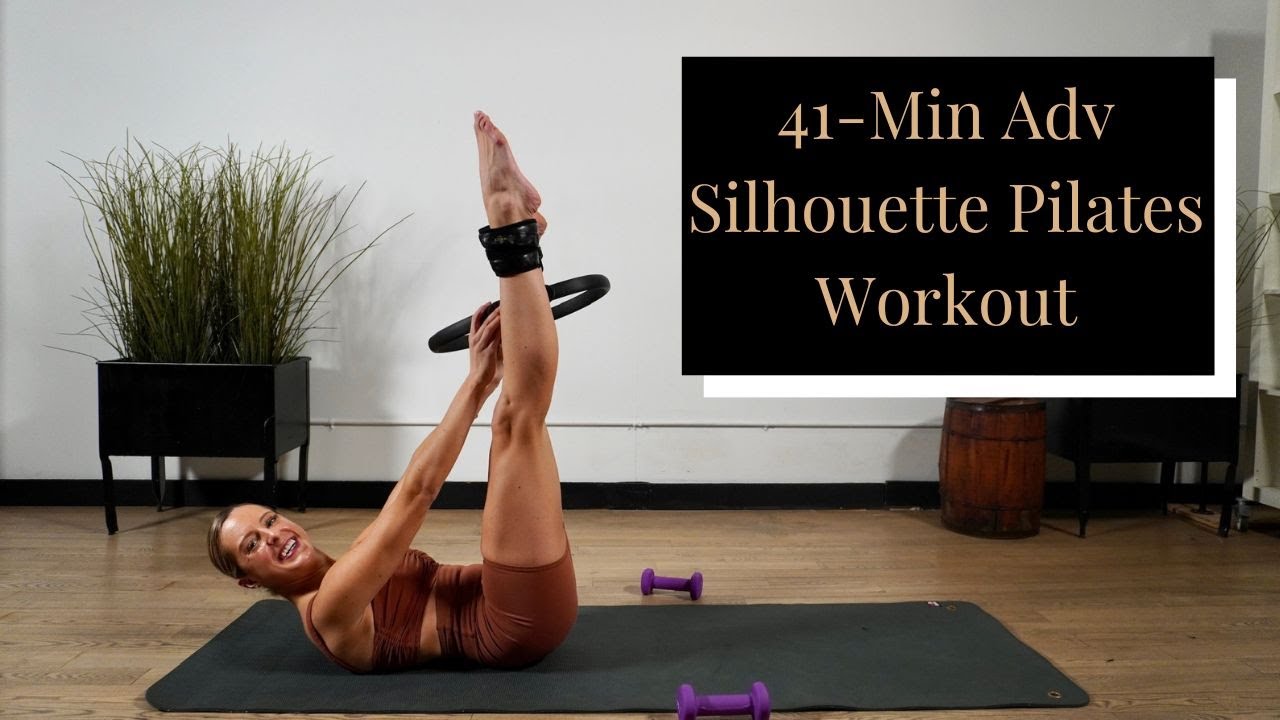
Combining Pilates with Other Posture-Correcting Activities
Yoga
Yoga is another form of exercise that can complement Pilates and enhance posture correction. Like Pilates, yoga promotes flexibility, strength, and body awareness. Practicing yoga can help release tension in tight muscles, improve alignment, and promote proper breathing and relaxation. Combining Pilates with yoga can provide a holistic approach to posture correction, addressing both the physical and mental aspects of alignment.
Strength Training
Incorporating strength training exercises into your routine can further support posture correction. Strength training, such as weightlifting or resistance training, helps build muscle mass and strength, including the muscles that support good posture. By incorporating exercises that target the back, shoulders, and core, you can enhance the benefits of Pilates and develop a strong, balanced musculature that promotes proper posture.
Stretching Exercises
Regular stretching exercises are essential for maintaining flexibility and preventing muscle imbalances that contribute to poor posture. Incorporating stretching routines into your daily routine can help lengthen tight muscles, release tension, and improve range of motion. Stretching exercises that focus on the chest, shoulders, hips, and back can be particularly beneficial for posture correction when combined with Pilates exercises.
Posture-Beneficial Lifestyle Habits
Ergonomic Workstation Setup
Creating an ergonomic workstation setup is essential for maintaining good posture while working. Make sure your chair is adjustable and provides adequate lumbar support. Position your computer monitor at eye level and ensure your keyboard and mouse are within easy reach. Take regular breaks to stretch and move around, avoiding prolonged periods of sitting in the same position.
Frequent Movement Breaks
Taking frequent movement breaks throughout the day is crucial for combating the negative effects of prolonged sitting or sedentary activities. Set a reminder to stand up, stretch, and move around every 30 to 60 minutes. Incorporate simple movements, such as shoulder rolls or standing stretches, to release tension, improve circulation, and promote proper posture.
Proper Lifting Techniques
Using proper lifting techniques is vital for protecting your back and maintaining good posture. When lifting heavy objects, bend your knees and squat down, keeping your back straight and core engaged. Avoid lifting with your back in a rounded position, as this can put excessive strain on the spine and lead to injury. Take your time and ask for assistance when needed.
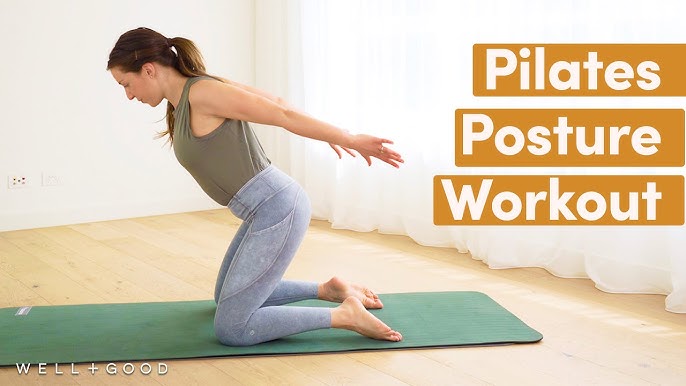
Common Mistakes to Avoid in Pilates for Posture
Overarching the Lower Back
One common mistake in Pilates is overarching the lower back, which can exacerbate poor posture. Avoid excessive arching by focusing on engaging the core and maintaining a neutral spine position throughout each exercise. Pay attention to the cues from your instructor and modify the movements as necessary to prevent excessive arching and maintain proper alignment.
Rounding the Shoulders
Rounding the shoulders is another common mistake that can hinder posture correction. During Pilates exercises, be mindful of keeping your shoulders relaxed and down, avoiding the tendency to hunch or round forward. Imagine lengthening your spine and drawing your shoulder blades towards each other to promote proper alignment.
Neglecting the Core
Neglecting to engage the core muscles is a common mistake that can compromise posture correction. The core muscles play a crucial role in supporting the spine and maintaining good posture. Focus on activating the deep core muscles, including the transverse abdominis, during Pilates exercises to provide stability and support for your spine.
Skipping Warm-Up and Cool-Down
Skipping the warm-up and cool-down portion of your Pilates session is a mistake that can increase the risk of injury and hinder your progress. Warm-up exercises prepare your body for movement and help increase blood flow to the muscles. Cool-down exercises help bring your heart rate down gradually and aid in muscle recovery. Make sure to allocate time for a proper warm-up and cool-down to optimize the benefits of your Pilates practice.
Age Gracefully: Anti-Aging Solutions Handpicked By Stylish.ae(Opens in a new browser tab)
The Importance of Sleep for Maintaining Physical and Mental Health(Opens in a new browser tab)
Maximize Your Home Workouts with the Right Equipment and Accessories(Opens in a new browser tab)

